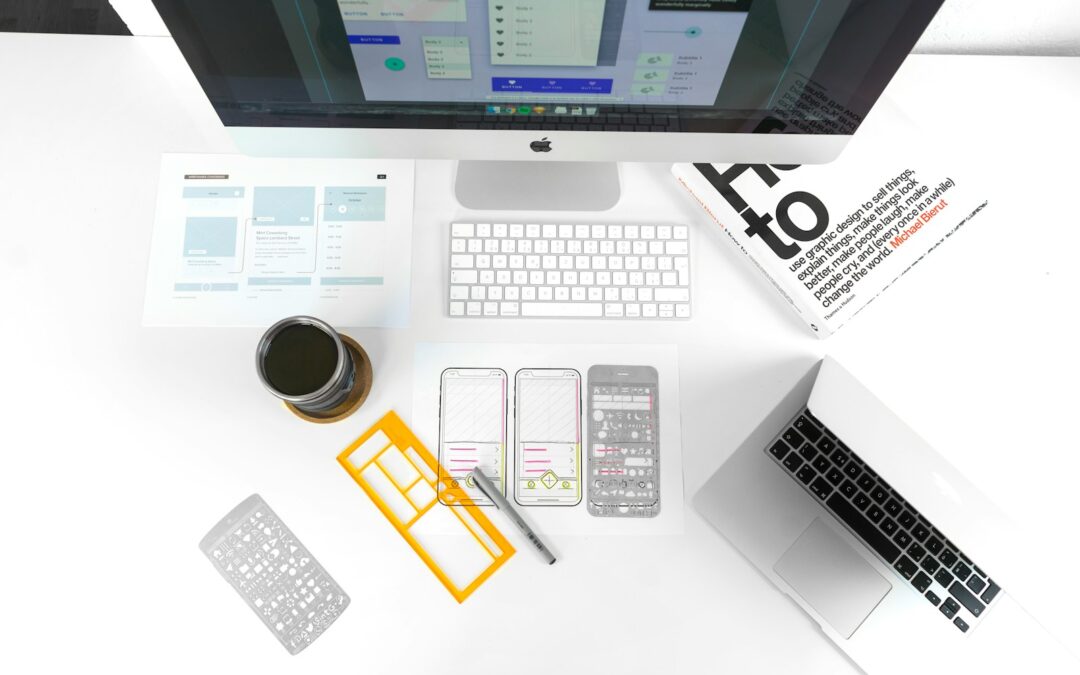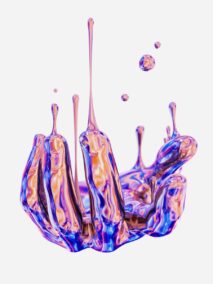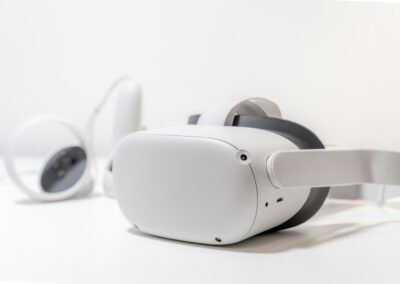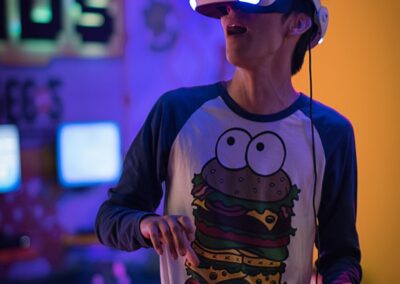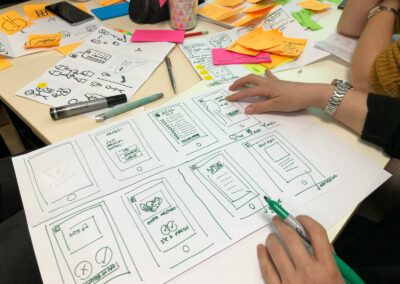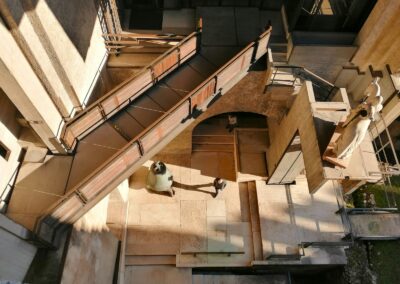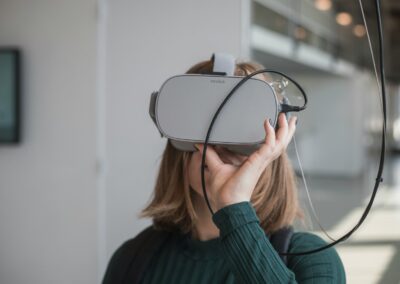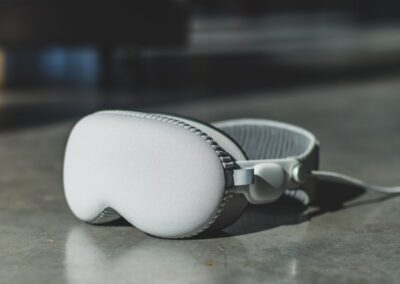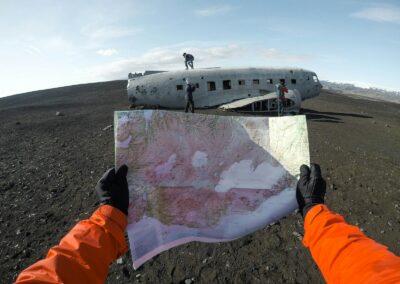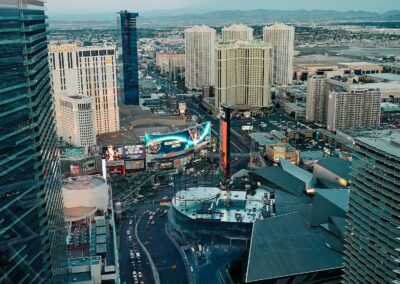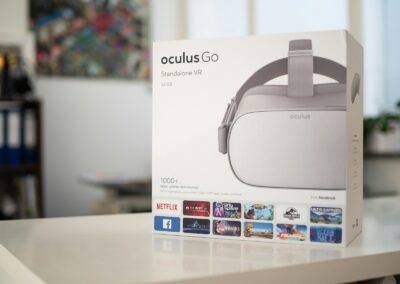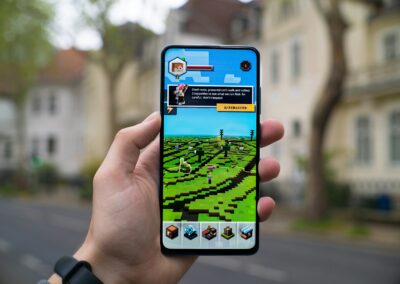The Vital Role of Sound Design in Enhancing Virtual Reality
Understanding the Impact of Sound Design in VR
Sound design plays a crucial role in creating immersive and engaging virtual reality (VR) experiences. In the realm of VR, where visual and auditory elements converge to create a lifelike experience, sound design is not just an add-on but a core component that significantly enhances user engagement. By employing sophisticated audio techniques, VR developers can craft environments that feel more realistic and immersive, thus elevating the overall user experience.
In regions like Saudi Arabia and the UAE, where technological innovation is a driving force, the integration of advanced sound design in VR projects is becoming increasingly prevalent. Cities like Riyadh and Dubai are leading the charge in adopting cutting-edge technologies, including VR, to revolutionize entertainment, education, and business applications. Effective sound design in VR can transport users to different worlds, making them feel as though they are truly part of the environment. This immersive quality is essential for applications ranging from virtual tourism to interactive training simulations.
Optimizing sound design in VR involves creating a multi-layered auditory experience that complements the visual elements of the virtual environment. High-quality, spatial audio can enhance the realism of VR experiences by simulating how sound behaves in the real world. This means accurately positioning sounds in a 3D space to match their visual sources, which helps users feel more integrated into the virtual environment. For businesses and entertainment sectors in Dubai and Riyadh, investing in top-tier sound design technology can provide a competitive edge by delivering more compelling and realistic VR experiences.
Techniques for Optimizing Sound Design in VR
To maximize the effectiveness of sound design in VR, several techniques can be employed. One critical approach is the use of binaural audio, which creates a three-dimensional soundscape that simulates how we naturally hear sounds. Binaural audio uses two microphones placed in the ears of a dummy head to capture sound as it would be heard by a person. This technique is particularly effective in VR because it enhances spatial awareness and provides users with a more immersive experience.
Another technique is dynamic audio processing, which involves adjusting sound in real-time based on user interactions and movements within the VR environment. For example, if a user moves closer to a sound source, the volume and pitch of the sound can be adjusted accordingly to reflect the change in distance. This dynamic approach ensures that the auditory experience remains consistent with the user’s actions, thereby maintaining immersion and engagement.
Moreover, incorporating environmental audio cues, such as ambient sounds and sound effects, can significantly enhance the realism of VR experiences. Ambient sounds, such as the rustling of leaves or distant traffic, can make a virtual environment feel more authentic and lively. Sound effects, such as footsteps or the clinking of objects, add to the sensory richness of the VR experience. For businesses in Riyadh and Dubai looking to create standout VR applications, paying attention to these auditory details can lead to more engaging and memorable experiences for users.
Case Studies in Effective Sound Design for VR
Several successful implementations of sound design in VR offer valuable insights into its impact on user experiences. For instance, “Beat Saber,” a popular VR rhythm game, demonstrates the importance of synchronized sound and visuals. The game uses a combination of high-energy music and precise sound effects to create a compelling and immersive gameplay experience. The careful integration of sound and visual elements enhances user engagement and contributes to the game’s widespread popularity.
Another example is “The VOID,” a VR experience that combines physical sets with digital projections and spatial audio. By meticulously designing the audio to match the physical environment and visual elements, “The VOID” creates a seamless and immersive experience that transports users to fantastical worlds. The attention to detail in sound design is a key factor in making the experience feel real and engaging, highlighting the significant role that audio plays in VR.
In the educational sector, VR applications like “Tilt Brush” allow users to paint in a 3D space using virtual reality. The sound design in this application enhances the creative experience by providing auditory feedback that corresponds to the user’s actions, such as brush strokes and color changes. This integration of sound helps users feel more connected to their virtual creations, illustrating how effective sound design can enrich interactive applications.
The Future of Sound Design in VR
Looking ahead, the field of sound design in VR is poised for further innovation. As technology advances, we can expect even more sophisticated audio techniques and tools to enhance VR experiences. For example, developments in machine learning and artificial intelligence could lead to more adaptive and responsive sound design, where audio elements dynamically adjust to user behavior and environmental changes.
In Saudi Arabia and the UAE, where technological advancement is a strategic priority, there is significant potential for leveraging new sound design technologies to drive business success and enhance user experiences. By investing in cutting-edge sound design techniques, businesses in Riyadh and Dubai can create VR applications that stand out in the market and deliver exceptional value to users.
Ultimately, sound design will continue to be a critical factor in shaping the future of VR. Its ability to enhance immersion, engagement, and realism makes it an indispensable component of virtual experiences. As VR technology evolves, the role of sound design will only become more integral to creating compelling and memorable experiences that captivate users and drive innovation in the industry.
—
#SoundDesignVR, #ImmersiveTechnology, #AugmentedReality, #VirtualReality, #SaudiArabia, #UAE, #Riyadh, #Dubai, #ArtificialIntelligence, #Blockchain, #Metaverse, #ExecutiveCoaching, #GenerativeAI, #ModernTechnology, #BusinessSuccess, #Leadership, #ManagementSkills, #ProjectManagement

